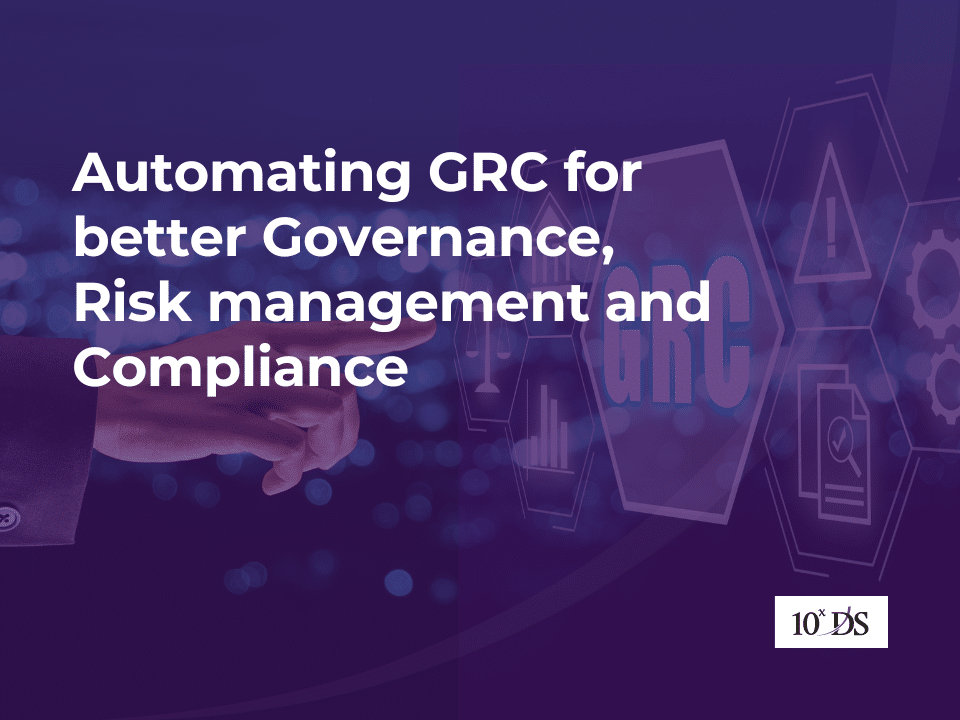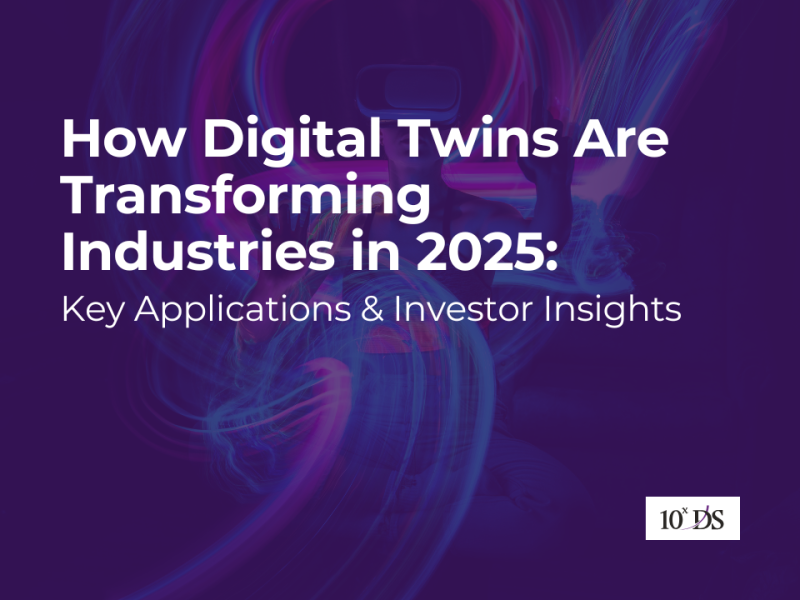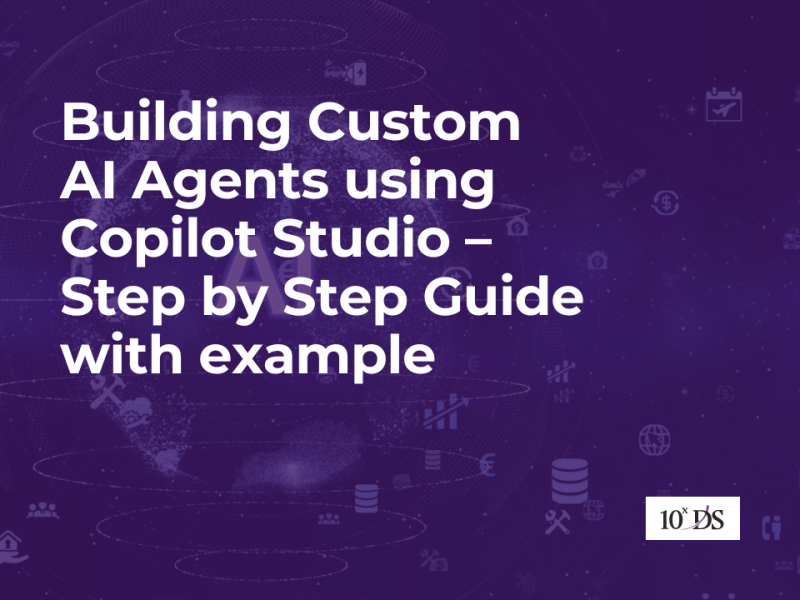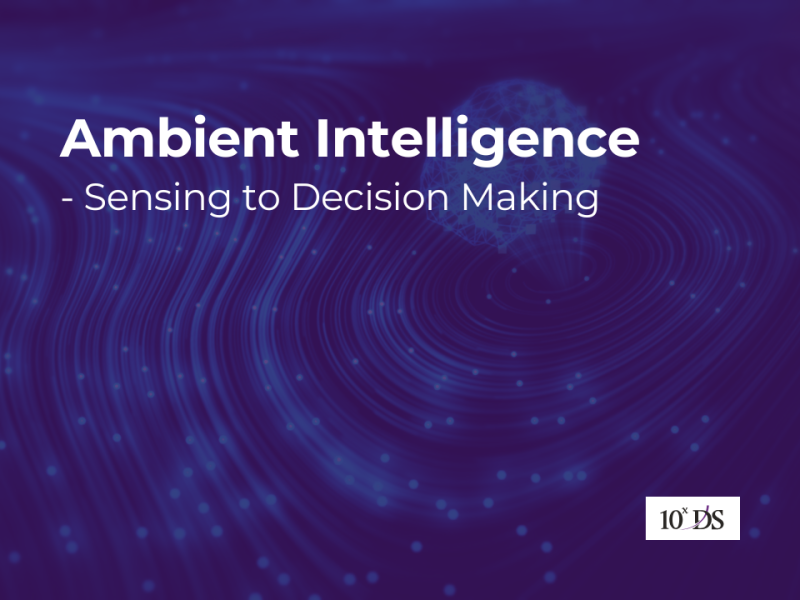
Automating GRC for better Governance, Risk management and Compliance
Governance, Risk, and Compliance (GRC) is a comprehensive framework that organizations use to manage their overall governance, enterprise risk management, and compliance with regulations. It integrates these three critical aspects to ensure that a company operates within legal boundaries, manages risks effectively, and aligns its activities with business objectives. Here’s a detailed look at each component:
Governance: This refers to the policies, processes, and structures that guide an organization’s operations and ensure that it achieves its objectives. Good governance practices involve setting strategic goals, making informed decisions, ensuring accountability, and providing clear leadership.
Risk Management: This involves identifying, assessing, and managing risks that could potentially impact the organization’s ability to achieve its objectives. Effective risk management ensures that risks are understood, and appropriate measures are taken to mitigate or manage them, thereby safeguarding the organization’s assets and reputation.
Compliance: This entails adhering to laws, regulations, standards, and internal policies relevant to the organization’s operations. Compliance ensures that the organization meets its legal obligations, avoids penalties, and maintains its license to operate.
Importance of GRC
- By integrating governance, risk management, and compliance, organizations can make more informed decisions. They have a clear understanding of their risk landscape and regulatory requirements, which helps in strategic planning and resource allocation.
- GRC frameworks streamline processes by reducing redundancies and improving coordination among different departments. This leads to more efficient operations and better resource utilization.
- An effective GRC strategy helps identify potential risks early and implement measures to mitigate them. This proactive approach reduces the likelihood of incidents that could harm the organization’s operations, reputation, or financial health.
- Staying compliant with laws and regulations is crucial to avoid legal penalties and reputational damage. GRC frameworks help organizations stay updated with regulatory changes and ensure that they adhere to all necessary requirements.
- GRC promotes transparency in operations and decision-making. Clear governance structures and compliance policies ensure that all employees understand their roles and responsibilities, leading to greater accountability.
- Effective GRC practices help protect and enhance an organization’s reputation by ensuring ethical conduct, compliance with regulations, and responsible risk management.
- A robust GRC framework instils confidence in stakeholders, including investors, customers, and partners, by demonstrating that the organization is well-managed and committed to ethical practices and regulatory compliance.
- GRC helps organizations ensure their long-term sustainability by managing risks that could threaten their survival and by ensuring compliance with environmental, social, and governance (ESG) standards.
(GRC) can be automated through various technologies and approaches. Integrated GRC Suites are available managing all aspects of GRC and specialized GRC Tools address specific areas of GRC, such as vendor risk management, IT governance, or regulatory compliance. Business Process Management (BPM) is used to automate GRC workflows, ensuring consistent execution and tracking of tasks and Case Management Systems handles GRC-related cases, such as incident reports, compliance violations, or risk assessments. Cloud based SaaS solutions are also available, and further data from these platforms are analysed using Data Analytics and Visualizations tools to uncover insights related to risks and compliance issues. By leveraging these various technologies and approaches, organizations can effectively automate and enhance their GRC processes, ensuring better compliance, risk management, and overall governance. However manual intervention on processes is inevitable making it human dependent. That’s where Automation and AI technologies come handy. By automating GRC, organizations can achieve higher efficiency, accuracy, and consistency in their GRC activities.
Policy Management:
Automated systems streamlines the creation, dissemination, and updating of policies and procedures, ensuring that all employees are informed and compliant.
Audit Trails:
Automation provides detailed and easily accessible records of all activities, decisions, and changes, enhancing transparency and accountability.
Performance Monitoring:
Automated dashboards and reporting tools allow for real-time monitoring of governance metrics, enabling timely decision-making and corrective actions.
Risk Identification and Assessment:
AI and machine learning algorithms analyze vast amounts of data to identify potential risks, assess their impact, and prioritize them effectively.
Continuous Monitoring:
Automated systems continuously monitor internal and external environments for new and emerging risks, providing real-time alerts and insights.
Incident Management:
Automation facilitates rapid response to risk events through predefined workflows and response plans, minimizing the impact of incidents.
Regulatory Tracking:
Automated tools keep track of regulatory changes and updates, ensuring that the organization remains compliant with the latest requirements.
Compliance Reporting:
Automation simplifies the generation of compliance reports by automatically compiling and analyzing relevant data, reducing the risk of errors and omissions.
Audit Preparation:
Automated systems can gather and organize necessary documentation for audits, making the process more efficient and less time-consuming.
Real-life case study – Change in Law process.
10xDS is currently working with large group company with multiple entities on the Change-in-Law (CIL) notification and approval process. The workflow automation starts with an automatic detection of CIL notification published in various web resources including Government Gazette. The workflow automation seamlessly handles sourcing and identification, assessment and documentation. Legal Teams, Multiple entity CEOs, Compliance etc are involved in the process and CILs can be accepted or rejected based on relevance.
In summary, automating GRC enhances the efficiency, accuracy, and effectiveness of governance, risk management, and compliance processes. It provides organizations with real-time insights, ensures consistent application of policies and procedures, and helps maintain compliance with regulatory requirements, ultimately contributing to a more resilient and well-governed organization.
Talk to our experts to learn more.


